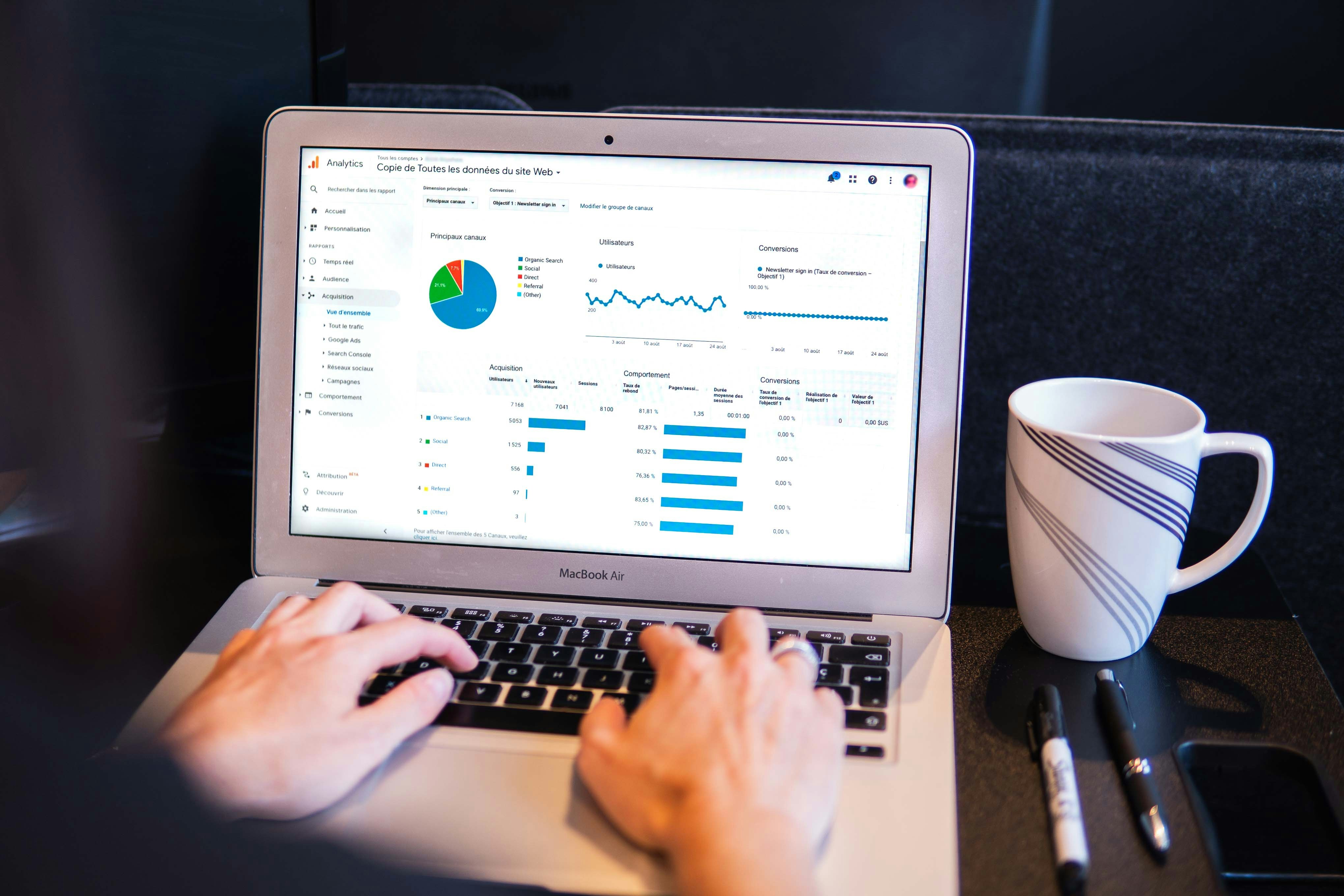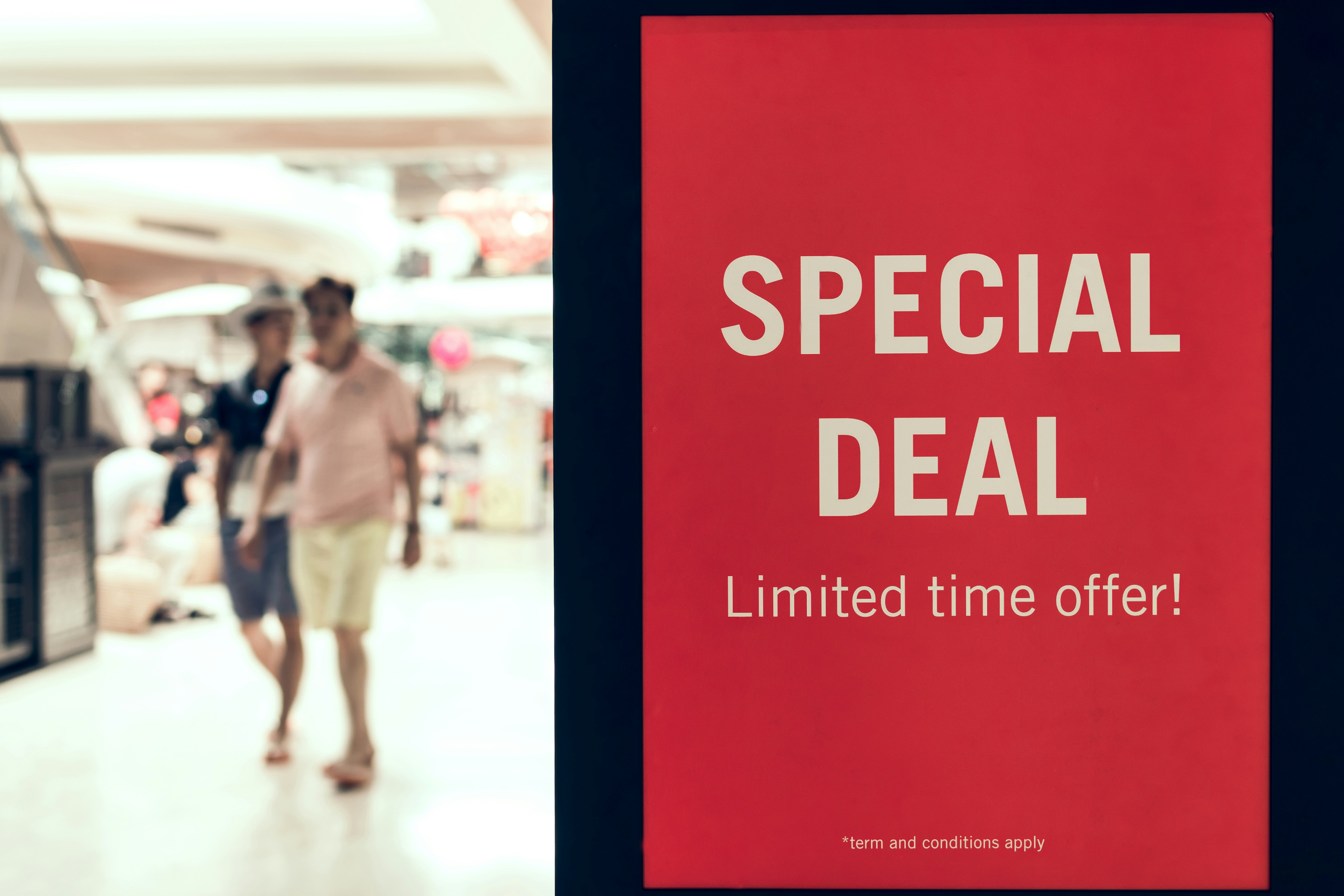Clothing Line Business Plan
Clothing Line Business Plan
I. Executive Summary
The [Your Company Name] Clothing Line is poised to become a leading provider of fashionable and sustainable clothing for men and women. Founded by [Your Name], a fashion enthusiast with over 10 years of experience in the industry, our brand aims to fill the gap in the market for eco-friendly and stylish apparel.
Mission Statement
Our mission is to offer high-quality clothing that combines trendiness with sustainability, while also fostering a community of conscious consumers.
Vision Statement
To be recognized as a global leader in eco-conscious fashion, inspiring others to prioritize sustainability in their purchasing decisions.
Objectives
-
Launch the clothing line by March 1, 2050.
-
Achieve a customer base of 5,000 within the first year.
-
Expand product offerings to include accessories by January 1, 2051.
-
Establish partnerships with eco-friendly suppliers and manufacturers by June 1, 2050.
II. Business Description
Company Overview
[Your Company Name] is a startup clothing brand specializing sustainably. Our products will be made from ethically sourced materials, with a focus on reducing environmental impact throughout the supply chain.
Industry Analysis
The fashion industry is a multi-billion dollar market with a growing demand for sustainable options. Consumer awareness regarding environmental issues is driving the shift towards eco-friendly clothing.
Market Analysis
Target Market
-
Demographics: Men and women aged 18 to 35, with a disposable income of $40,000+.
-
Psychographics: Fashion-forward individuals who prioritize sustainability and ethical practices.
Competitor Analysis
|
Competitor |
Strengths |
Weaknesses |
|---|---|---|
|
H&M |
Established brand, wide product range |
Limited sustainability efforts |
|
Patagonia |
Strong online presence |
Higher price point |
|
Everlane |
Eco-friendly materials |
Limited market reach |
III. Products and Services
Product Line
Our initial product line will include:
-
Men's and women's casual wear
-
Sustainable denim jeans
-
Organic cotton t-shirts
-
Eco-friendly activewear

Unique Selling Proposition (USP)
-
Quality: Exceptional craftsmanship and durable materials.
-
Sustainability: Environmentally conscious production processes.
-
Style: Trendy designs that appeal to fashion-conscious consumers.

IV. Marketing Plan
Branding
Our brand identity will reflect our commitment to sustainability, with a focus on minimalist and timeless designs.
Marketing Strategy
Online Presence
-
Launch a professional website with e-commerce functionality.
-
Utilize social media platforms for targeted advertising and engagement.

Offline Marketing
-
Collaborate with local influencers and eco-conscious organizations.
-
Participate in fashion events and pop-up shops to increase brand visibility.

V. Operations Plan
Supply Chain Management
-
Source materials from certified sustainable suppliers.
-
Establish partnerships with ethical manufacturers to ensure fair labor practices.
Production Process
-
Implement quality control measures to maintain product standards.
-
Utilize just-in-time inventory management to minimize waste.
VI. Financial Plan
Startup Costs
-
Initial inventory purchase: $50,000
-
Website development: $10,000
-
Marketing and advertising: $20,000
Revenue Projections
-
Year 1: $500,000
-
Year 2: $1,200,000
-
Year 3: $2,500,000
Break-even Analysis
-
Calculate the break-even point in units and revenue.
VII. Conclusion
The [Your Company Name] Clothing Line is positioned for success in the growing market for sustainable fashion. With a strong brand identity, quality products, and a strategic marketing plan, we are confident in our ability to capture market share and make a positive impact on the industry.